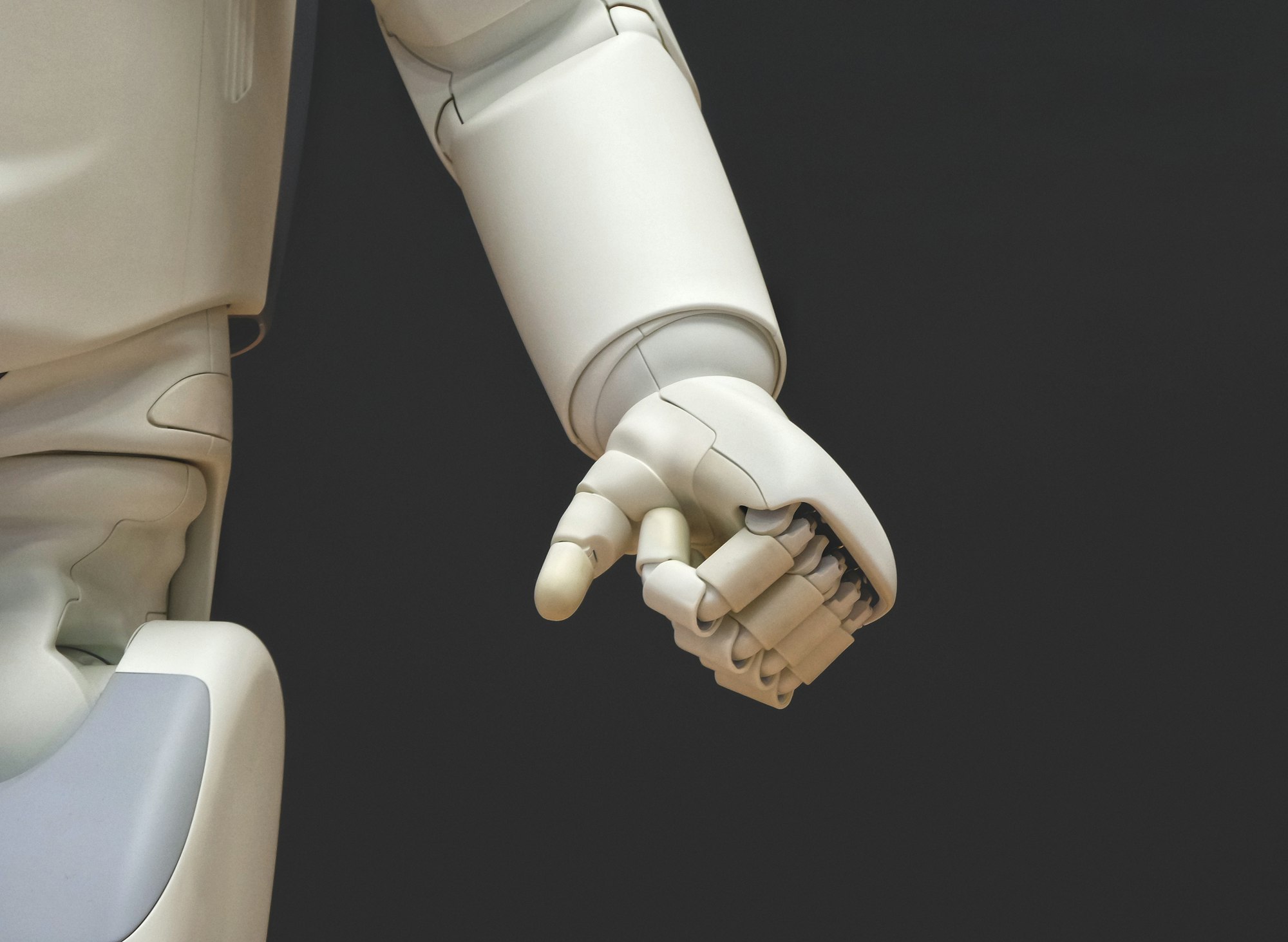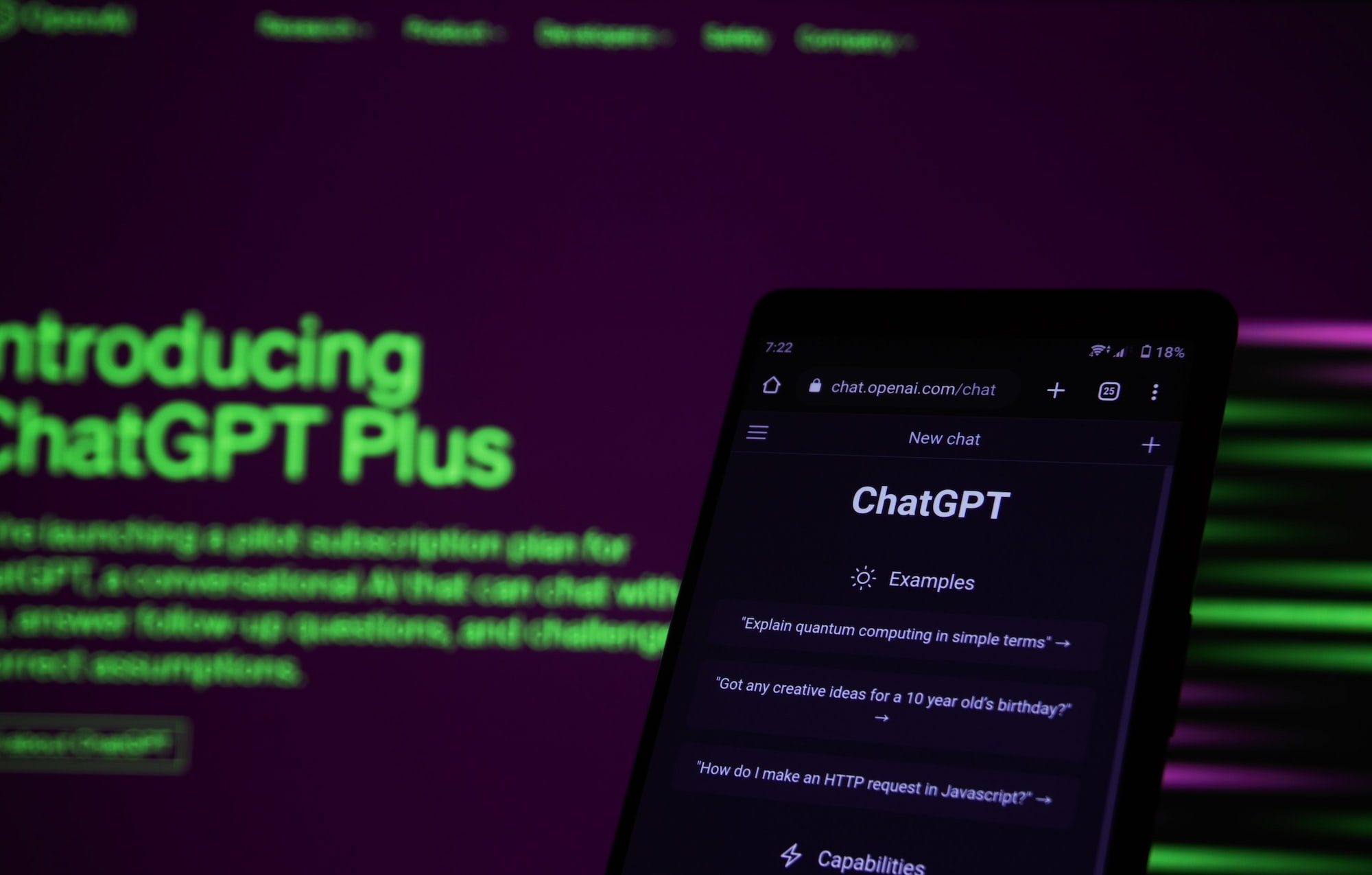As Artificial Intelligence (AI) becomes more sophisticated, it is changing the way content is created. One of the most promising applications of AI in content creation is the generation of text. AI-generated content promises to be faster, cheaper, and more consistent than content produced by humans. However, the technology is still in its early stages, and there are many myths and misconceptions about AI-generated content. In this article, we will explore some of the most common myths and separate fact from fiction.
Myth #1: AI-Generated Content is Always Low Quality
One of the most persistent myths about AI-generated content is that it is always low quality. Many people assume that because the content is created by a machine, it will lack the nuance and creativity that humans can bring to the table. However, this is simply not true. While it is true that some early attempts at AI-generated content were clunky and awkward, the technology has advanced significantly in recent years.
Today, AI-generated content can be just as high quality as content created by humans. In fact, in some cases, AI-generated content may be even better. Machines can analyze vast amounts of data and identify patterns that humans might miss. This can lead to insights and perspectives that might not be possible for a human writer to achieve.
Myth #2: AI-Generated Content is Always Plagiarized
Another common myth about AI-generated content is that it is always plagiarized. This myth arises from the fact that some early attempts at AI-generated content used pre-existing content as source material. However, this is not the case with modern AI-generated content.
Modern AI-generated content is based on sophisticated algorithms that can generate unique content from scratch. These algorithms are trained on large datasets of text and use a combination of natural language processing and machine learning to create content that is both original and high quality.
Myth #3: AI-Generated Content is Unethical
Some people worry that AI-generated content is unethical because it is created by a machine rather than a human. They argue that machines cannot understand the ethical implications of the content they are creating and that this could lead to harmful or misleading content.
However, this argument is flawed. AI-generated content is created by algorithms that are programmed by humans. These algorithms can be designed to take ethical considerations into account, just as human writers do. In fact, some AI-generated content may be more ethical than content created by humans because machines do not have biases or prejudices.
Myth #4: AI-Generated Content Will Replace Human Writers
One of the biggest fears surrounding AI-generated content is that it will replace human writers. Some people worry that machines will become so sophisticated that they will be able to create content that is indistinguishable from human writing. However, this is unlikely to happen.
While AI-generated content has many benefits, it cannot replace the creativity, intuition, and emotion that human writers bring to the table. Human writers are able to create content that is nuanced, empathetic, and engaging in ways that machines simply cannot replicate.
Instead of replacing human writers, AI-generated content is more likely to complement their work. Machines can take care of repetitive or mundane tasks, leaving humans free to focus on the more creative aspects of content creation.

Myth #5: AI-Generated Content is Always Cheaper Than Human-Written Content
While it is true that AI-generated content can be cheaper than human-written content in some cases, this is not always the case. The cost of AI-generated content depends on a number of factors, including the quality of the content, the complexity of the subject matter, and the level of customization required.
In some cases, it may be more cost-effective to hire a human writer than to use AI-generated content. For example, if you need highly technical content or content that requires a lot of research, it may be more efficient to hire a human writer with expertise in that subject matter.
Furthermore, while AI-generated content may be cheaper in terms of labor costs, there are other costs to consider. For example, the cost of training the AI algorithms and maintaining the technology can be significant. Additionally, there may be legal and ethical considerations to take into account, such as the risk of copyright infringement or the need to disclose that the content was generated by a machine.
Myth #6: AI-Generated Content is Only Useful For Simple, Straightforward Content
Another myth about AI-generated content is that it is only useful for simple, straightforward content. Some people assume that machines are only capable of producing basic content like news articles or product descriptions.
However, this is not the case. AI-generated content can be used for a wide range of content types, including long-form articles, blog posts, and even novels. Machines can learn to mimic different writing styles and tones, allowing them to create content that is tailored to specific audiences.
Furthermore, AI-generated content can be used to create content that would be difficult or time-consuming for humans to produce. For example, machines can quickly generate thousands of product descriptions or social media posts, freeing up human writers to focus on more complex tasks.
Myth #7: AI-Generated Content is a Threat to Human Jobs
Finally, some people worry that AI-generated content is a threat to human jobs. They fear that as machines become more sophisticated, they will be able to replace human writers and editors.
While it is true that AI-generated content has the potential to automate certain aspects of content creation, it is unlikely to replace human writers entirely. As we mentioned earlier, machines are not capable of replicating the creativity and empathy that human writers bring to the table.
Furthermore, AI-generated content requires a great deal of human oversight and input. Humans are needed to train the algorithms, evaluate the quality of the content, and make decisions about how the content will be used. Additionally, human writers and editors are needed to create and refine the algorithms themselves.
In fact, AI-generated content may actually create new job opportunities in the content creation industry. As machines take care of repetitive or mundane tasks, human writers and editors can focus on more creative and strategic aspects of content creation, such as developing brand voice and messaging, creating content strategies, and managing content distribution.

Conclusion
In conclusion, there are many myths and misconceptions about AI-generated content. While it is true that the technology is still in its early stages and there are limitations to what machines can do, AI-generated content has the potential to revolutionize the content creation industry.
By separating fact from fiction, we can better understand the benefits and limitations of AI-generated content and make informed decisions about when and how to use it. As with any technology, it is important to approach AI-generated content with a critical eye and to consider the ethical and legal implications of its use.
Ultimately, the goal of AI-generated content should be to enhance the work of human writers and editors, not to replace them. By working together, humans and machines can create content that is both high quality and cost-effective, and that meets the needs of businesses and audiences alike.
If you are interested in exploring the possibilities of AI in content creation, sign up for a 14-day trial of Miestro and start creating your online course today! Miestro offers AI-powered tools that can help you create engaging and effective content, while also providing a platform for delivering your courses to your audience.

